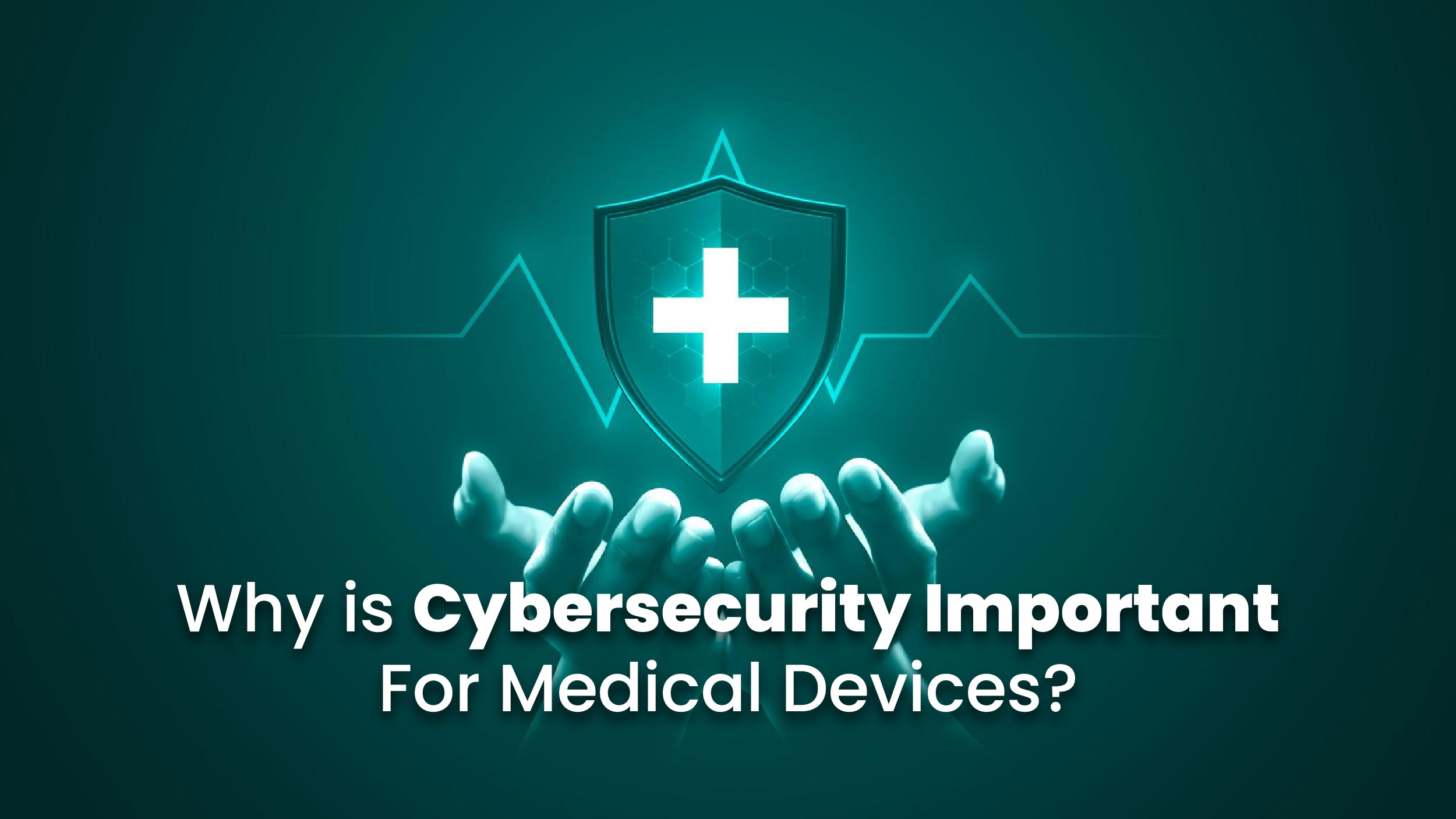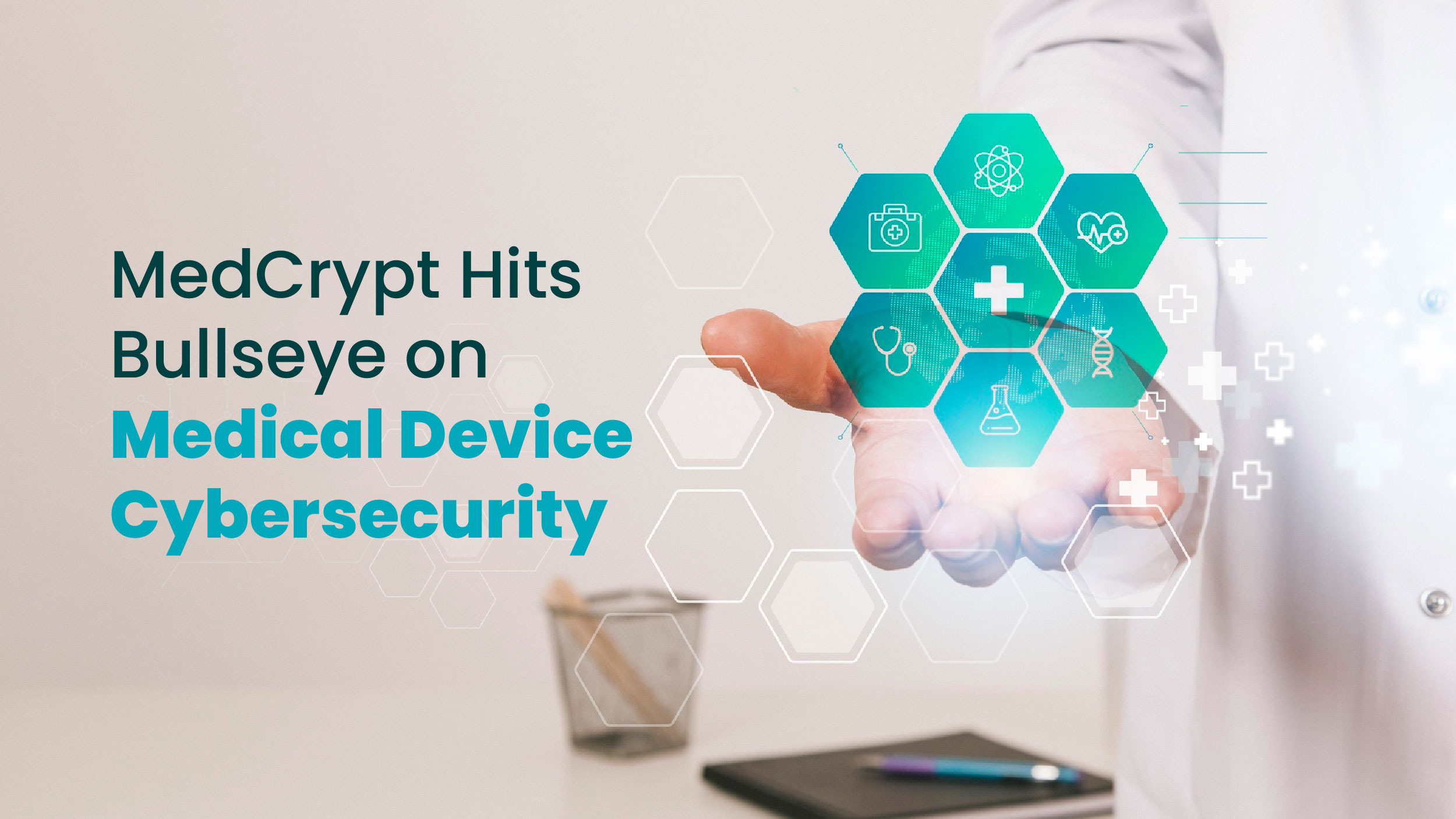The healthcare sector experienced a radical transformation primarily to the incorporation of cutting-edge information technologies in medical devices, which has significantly increased the efficacy and efficiency of healthcare and related services. However, as a consequence of this integration, patients, healthcare professionals, manufacturers, and device developers now face a whole new set of difficulties. Today, hackers and cybercriminals frequently target the healthcare sector, putting patient safety and health at risk by potentially compromising private and confidential healthcare data.
This is where medical device cybersecurity comes into play. But then, what is medical device cybersecurity? Let’s dive in.
What is Medical Device Cybersecurity?
Medical device cybersecurity is the practice of safeguarding medical equipment and the networks and systems connected to them against cyberattacks and other online dangers that could endanger patient safety or interfere with medical procedures. The use of networked and internet-connected medical devices is on the rise, and cybersecurity is now a major issue for the healthcare sector.
Secure device design, encryption, access controls, authentication, and monitoring are a few examples of cybersecurity methods for medical devices. These are used to identify and stop cyberattacks and other security lapses. Manufacturers are being held more and more responsible for guaranteeing the cybersecurity of their products as a result of FDA recommendations on medical device cybersecurity.
Why is Cybersecurity Important For Medical Devices?

When the NHS attacked the healthcare sector in 2017, the lack of cybersecurity in medical devices became a major issue. The NHS and its capacity to treat patients may have suffered significantly as a result of the WannaCry cyberattack. It was a pretty simple attack that the NHS could have avoided by adhering to fundamental IT security best practices.
Additionally, medical device manufacturers are implementing measures to ensure that their medical devices and consequently, organizations remain securely protected in response to the development of cyber security risks and the financial consequences of data breaches. Manufacturers of medical devices should incorporate reliable cybersecurity plans early in the development process and maintain security throughout the product lifecycle. To assist avoid expensive revisions or delays later on, an effective plan should cover risk management from device conception to disposal as well as premarket and postmarket cybersecurity phases.
There are several compelling reasons why the medical device sector becomes a prime target:
- Private patient data is extremely valuable.
- Healthcare facilities are a target because they serve as a repository for a vast amount of sensitive patient information that can be sold for a high price.
- The healthcare sector is unprepared for attacks due to outdated technology.
- Many healthcare facilities still utilize antiquated technology because of financial constraints and reluctance to learn/teach new technologies.
- Medical gadgets provide attackers with a simple entry point.
- SaMD and medical devices are essential components of contemporary healthcare. However, new technologies create more entry points for security breaches, according to experts in charge of online security and patient data protection.
- The healthcare workforce lacks knowledge about online threats.
- Medical practitioners are not prepared to cope with internet threats due to time, money, and resource constraints, and it is challenging for staff in the healthcare industry to be fluent in cybersecurity best practices.
- It is challenging to maintain security given the number of technologies used in hospitals.
- Large amounts of patient data are under the control of healthcare organizations, and there is frequently a vast network of medical devices that pose security risks.
What are Medical Device Cybersecurity Standards?
Medical equipment manufacturers must adhere to a set of rules and specifications known as medical device cybersecurity standards in order to guarantee the security of their products and shield them from cyberattacks and other online dangers. These guidelines are intended to offer a foundation for risk management, secure device design, and software development procedures.
ISO 14971:2019 for risk management, IEC 62304 for safe software practices in medical devices, and IEC TR 60601-4-5 for medical device cybersecurity are a few examples of medical device cybersecurity standards. Medical device manufacturers must address cybersecurity concerns as part of their premarket submissions, according to FDA-released guidance on the subject.
MedCrypt Hits Bullseye on Medical Device Cybersecurity

MedCrypt, the proactive cybersecurity solution provider for medical devices and makers, will announce the close of a Series B extension round led by Dexcom Ventures, in 2023, increasing the company’s total to date to $36.4M.
MedCrypt continues to set the standard for creating cybersecurity technologies and infrastructure for life-saving medical devices in all areas of healthcare, including the diabetes industry, with the help of three significant investors: Johnson & Johnson Innovations, Intuitive Ventures, and Dexcom Ventures. There are an extensive number of people using insulin and glucose monitors since 37.3 million Americans have diabetes.
The Food and Drug Administration (FDA) monitored potential cybersecurity concerns related to both insulin and glucose monitors, emphasizing that users couple these devices with other system components like smartphones, so they must be dependable and trustworthy.
For devices as small as pacemakers and insulin pumps or as large as surgical robots, MedCrypt has developed a cybersecurity platform. We are grateful for Dexcom Ventures’ support as we work to improve device security, states Mike Kijewski, CEO of MedCrypt.
Final Thoughts
In the healthcare industry, cybersecurity is a complex and crucial topic that requires ongoing attention and proactive measures, especially in relation to medical equipment. The adoption of internet-connected medical devices has increased the potential for cyberattacks and other cyber threats, endangering patient safety and healthcare operations.
Medical device manufacturers can follow the guidelines in ISO 14971:2019, IEC 62304, and IEC TR 60601-4-5 to make sure their products are created and maintained securely. The FDA has also issued recommendations on medical device cybersecurity and is responsible for ensuring that manufacturers handle cybersecurity threats in their products. In the end, it is critical that producers, healthcare professionals, and regulatory bodies collaborate to guarantee that medical devices are secure for patients and safe for use.




